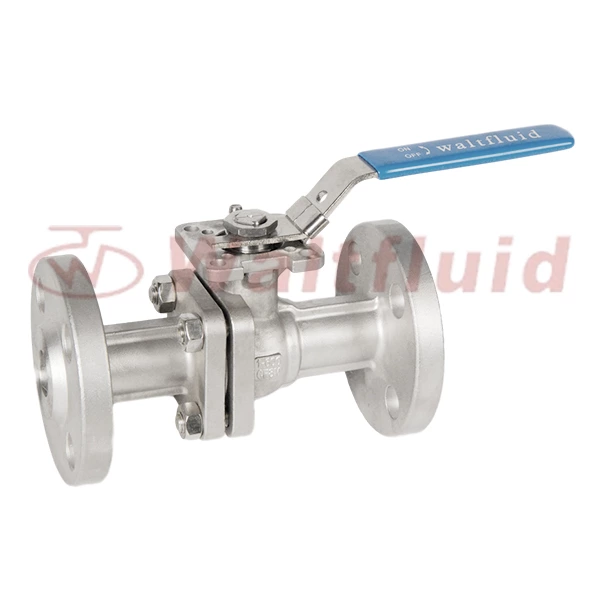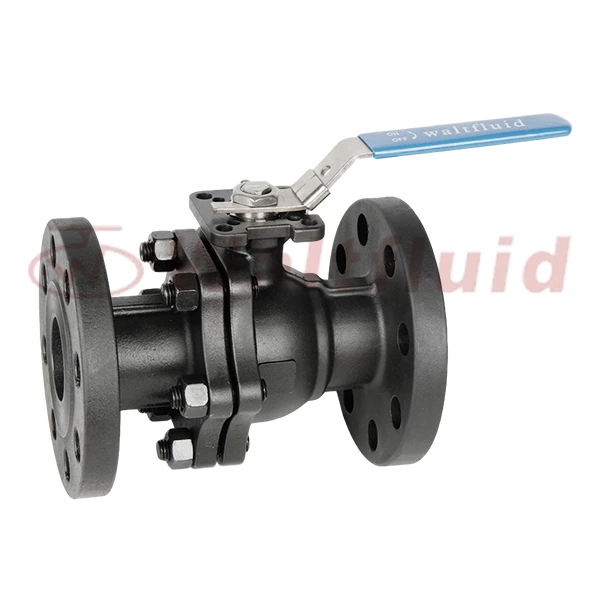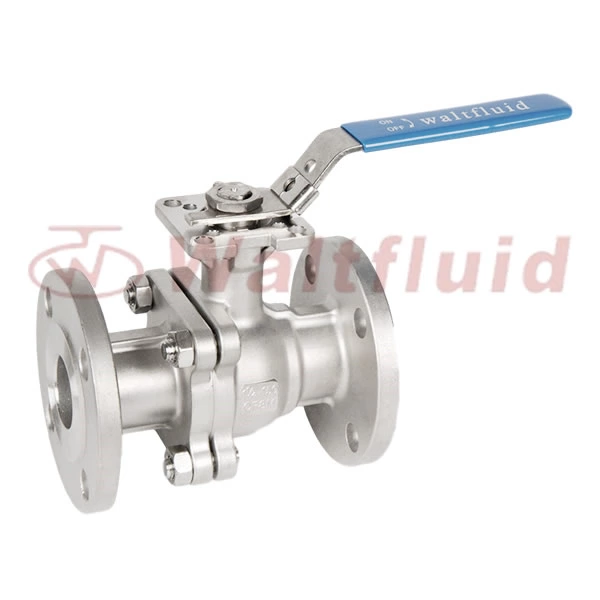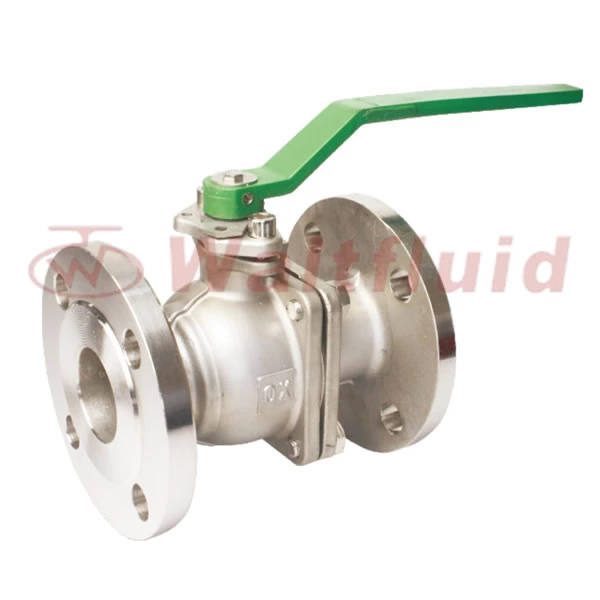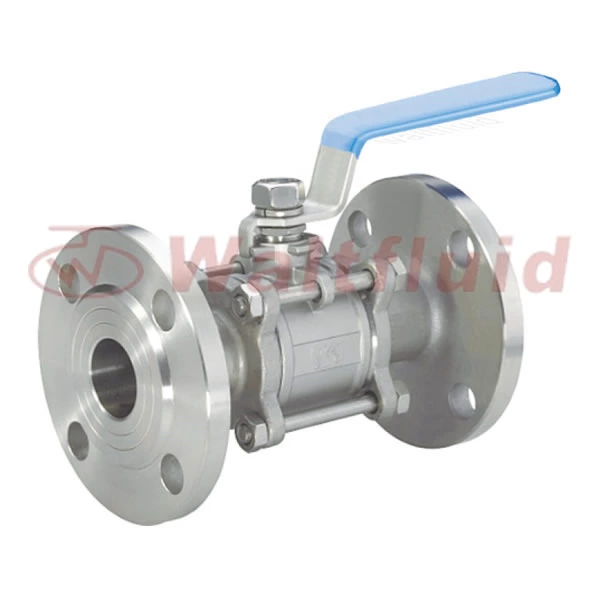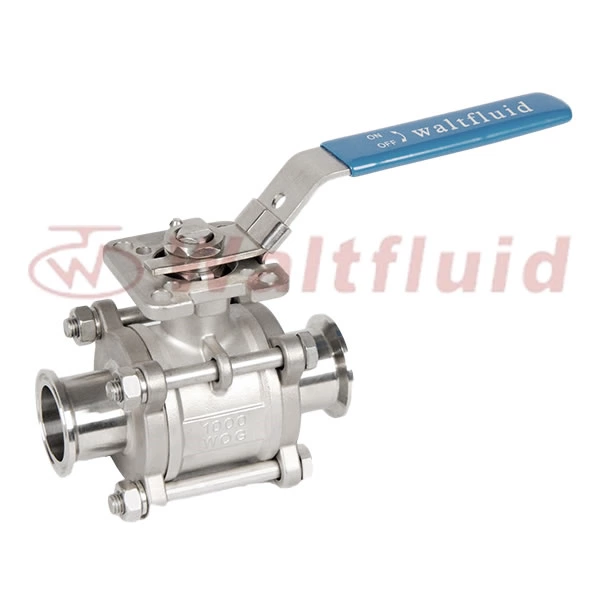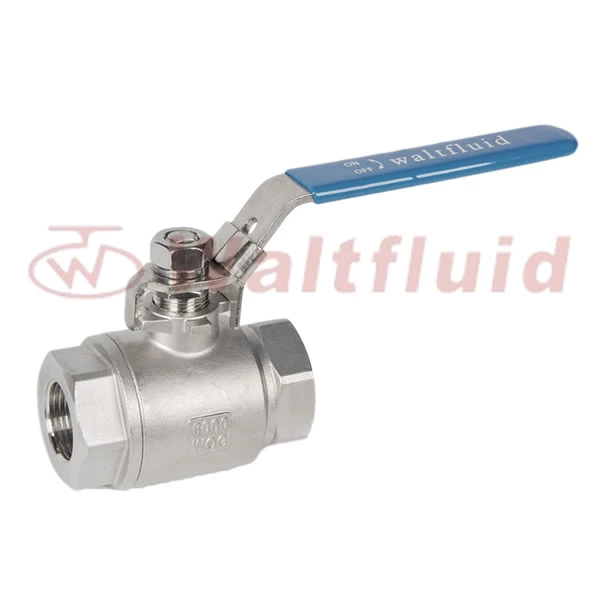How Does A Three-way Ball Valve Work?
3 way stainless steel ball valve are commonly used in fluid control systems, widely used in industries such as chemical, oil, gas, and HVAC. Their unique three-way design allows for switching or distributing fluids in three different directions, offering high flexibility and versatility.
If you'd like to expand your knowledge of these valves, from their operating principles to maintenance, please read on.
How do valves work?
A stainless steel 3 way valve switches, divides, or combines fluids between three pipes by rotating the internal valve ball. Operation can be manual, electric, or pneumatic. First, it's important to discuss some key components that contribute to its operating principle.
Valve Body
The valve body is the foundation of a ball valve and is typically constructed from pressure-resistant and corrosion-resistant materials such as stainless steel, carbon steel, or aluminum alloy. It carries the operating pressure of the entire valve and connects to the pipeline. For stainless 3 way ball valve, the valve body is typically three-way, accommodating different fluid flow directions. The design of the valve body directly determines the valve's performance and service life.
Valve Ball
The valve ball is the core component of a three way stainless steel ball valves. It is typically a spherical structure with one or more holes inside. By rotating the ball, the ball valve can change the direction of fluid flow. The valve ball is typically made of wear-resistant and corrosion-resistant metal, ensuring it is resistant to damage in high-pressure and high-temperature operating environments. Precision machining and a smooth surface are also crucial to the valve's sealing performance.
Valve Stem and Seals
The valve stem connects the valve ball to the actuator and is responsible for transmitting external control force to the valve ball, causing it to rotate and control fluid flow. The material of the valve stem is generally required to be corrosion-resistant and high-strength to ensure long-term and efficient operation. The seal, located between the valve body and the valve ball, ensures that fluid leakage is completely prevented when the valve is closed. Seals are typically made of high-temperature and pressure-resistant materials such as rubber and polytetrafluoroethylene.
How does a three-way ball valve work?
The operating principle of a 3 way ss ball valve depends on the hole configuration in the valve ball and the design of the valve body. Depending on the needs, the ball of a three-way ball valve can have one or more holes inside, allowing the direction of fluid flow to be controlled by rotating the ball. In an L-type three-way ball valve, the internal hole of the ball switches fluid flow between two directions. In a T-type three-way ball valve, the hole in the valve ball can typically connect to three directions simultaneously, allowing fluid to be diverted or combined in multiple directions. By rotating the valve stem, the valve ball changes position, thereby changing the flow direction or closing the flow path. stainless 3 way valve are commonly used in piping systems where frequent adjustments to the fluid path are required, such as liquid distribution and flow control.
Types of Three-Way Ball Valves
L-Type Three-Way Ball Valve
L-type 3 way stainless valve are designed to switch fluid flow between two directions. They are commonly used for distributing or switching fluids and are suitable for applications requiring simple flow control. By rotating the ball, L-type three-way ball valves can select different flow paths, providing greater operational flexibility.
T-Type Three-Way Ball Valve
T-type ss 3 way valve offer greater versatility than L-type three-way ball valves. They can switch fluid flow between three directions or divert fluid flow from one direction to two. T-type three-way ball valves are commonly used in complex piping systems, effectively regulating, distributing, and combining fluids. They are widely used in industries requiring efficient flow control, such as the oil, gas, and chemical industries.
How to Maintain a Three-Way Ball Valve
To ensure the efficient operation of a ss three way ball valve over the long term, regular inspection and maintenance are essential. First, wear of the valve body and ball is a common problem, so it's important to regularly inspect the valve body for sealing and remove any impurities that could affect fluid flow. Second, wear of the valve stem and seals can also cause leakage, especially in high-pressure and high-temperature environments. Regularly replacing seals and lubricating the valve stem can effectively extend the life of the valve. In addition to regular inspections, it's also important to monitor temperature and pressure fluctuations in the operating environment to ensure the valve is operating within its designed range. Proper maintenance not only prevents malfunctions but also improves valve performance, reduces overall operating costs, and ensures the long-term stability and safety of your piping system.
If you have further questions, please feel free to contact Waltfluid, or even consider collaborating with them to develop your future-proof stainless steel three way valve.
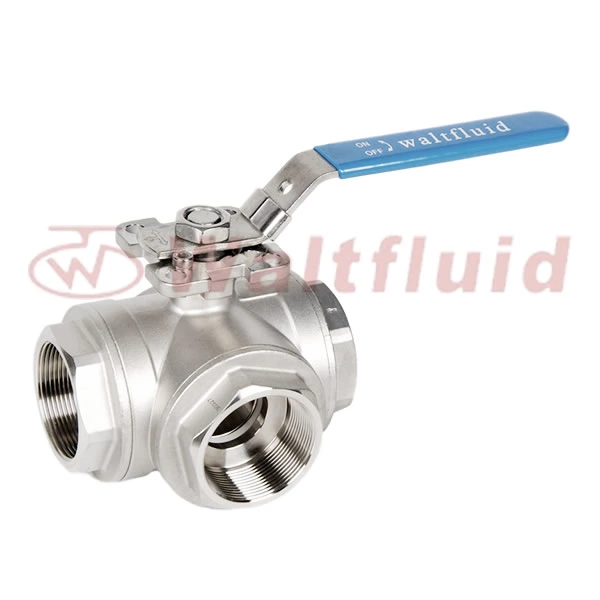
 English
English 中文
中文 Pусский
Pусский  Español
Español
